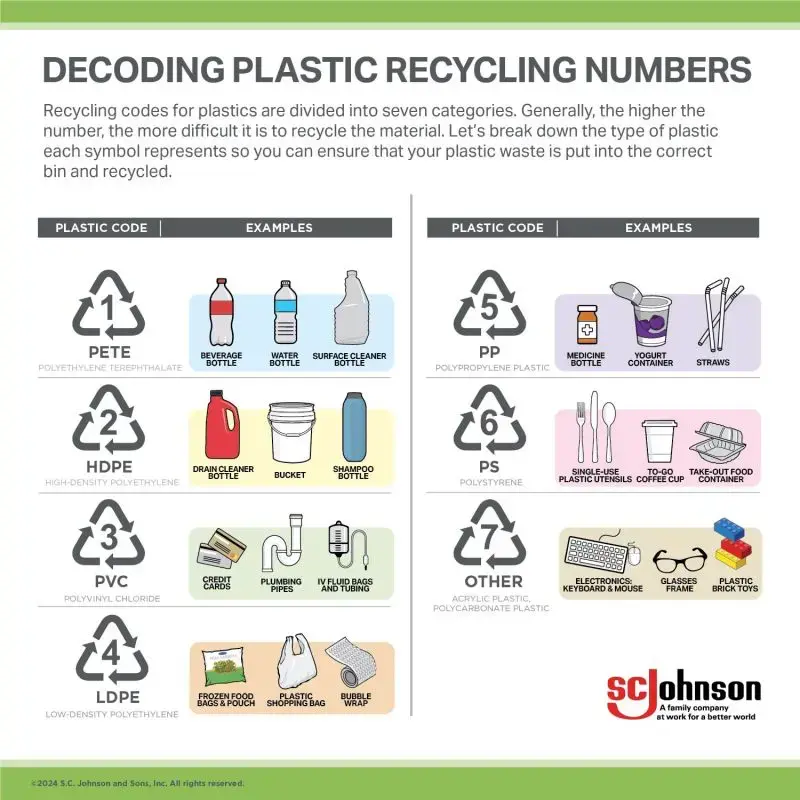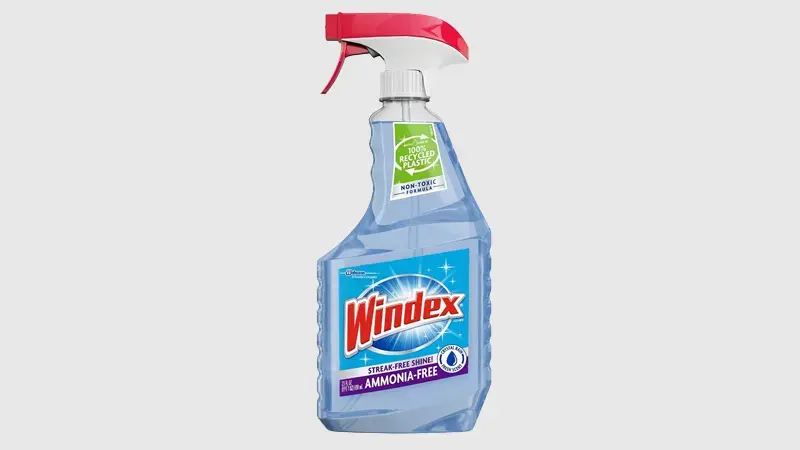Redefining Sustainable Shopping: Embracing PCR Packaging
Choosing products made with PCR material may have more impact than you might realize.
Looking for "made with recycled content" on labels is a great start if you're trying to make more sustainable choices. Choosing products made from recycled materials instead of new ones helps reduce landfill waste, lowers the demand for raw materials, and reduces the energy needed for production. But there's more to it. Sometimes, you'll see labels mentioning that the product or packaging you are considering is made with "post-consumer recycled material," along with a percentage. With the constant buzz around greenwashing, it's easy to feel overwhelmed by all the terms. However, a bottle with a PCR label is quite different from one that doesn't have it.
Why Post-Consumer Recycled Waste is a Sustainable Option
Post-consumer waste comes from products or packaging that have reached the end of their lifecycle with the consumer. After being used, and hopefully reused, multiple times through refilling a plastic cleaning bottle and reusing the spray trigger, these items face two options: end up in a landfill or be recycled.
Keeping plastic out of landfills is crucial. Around 46% of plastic waste is landfilled, but plastic can take a long time to degrade. Plastic bags can take 10-20 years to break down, while plastic bottles can take up to 450 years. This slow breakdown generates numerous smaller plastic fragments, which become microplastics once their size reaches five millimeter or less. Additionally, 22% of plastic waste is mismanaged and becomes litter, harming the environment and threatening animal and human health. So, recycling post-consumer waste is essential to prevent plastic from becoming pollution.
Creating post-consumer recycled (PCR) plastic starts with collecting and sorting recycled PET and HDPE items from commercial and residential recycling programs like bottles and milk jugs. The plastic is then cleaned and sorted, and any scrap materials are removed. The items are broken down, melted and reformed into a resin material. This resin can be mixed with other plastics to create PCR plastic packaging, bottles, jars, and closures, with varying content percentages of up to 100%.
Incorporating PCR resins into products allows manufacturers to significantly reduce the impact of their operations. Using recycled plastic requires fewer fossil fuels and energy to produce. For example, recycling just ten plastic bottles can save enough energy to power a laptop for over 25 hours. At a minimum, PCR reduces energy consumption by 79% and GHG emissions by 67%.

Challenges and Progress for PCR
So why aren't more packaging and products made with PCR materials? The main reasons are material use regulations, cost and availability.
There is uncertainty about the purity and uniformity of PCR materials and whether they may contain harmful substances. For instance, black plastic kitchen items made from recycled electronics may have toxic flame retardants and other chemicals. Additionally, PCR plastic can be tricky to color. It's hard to achieve light, transparent and pastel shades because the material isn't completely clear. This can be a problem for marketers who want their products to stand out on store shelves.
However, the most significant obstacles to increasing PCR plastic use are its cost and accessibility. PCR resin can be more expensive than virgin resin, the availability of PCR materials is limited, and the recycling streams often contain contaminated plastics, all of which make it challenging to get a consistent supply of high-quality material for PCR products. Most curbside recycling systems only accept rigid plastics #1 (PET) and #2 (HDPE), so sourcing PCR for other types of plastics, such as #5 (PP), which is commonly used in pumps and caps, can be difficult.
These issues mean there's not enough properly recycled plastic to meet the demand for recycled content. Currently, the supply of PCR plastics meets only about 6% of demand, which is expected to increase by 5 million metric tons by 2030. This shortage drives up prices and limits the use of PCR materials. More robust legislation is needed to address this, which is why this is a crucial issue in the negotiations of the Global Plastics Treaty.
Despite these challenges, recently released data from the 2024 Ellen MacArthur Foundation (EMF) Global Commitment report shows that companies are progressing to incorporating more PCR into their products and packaging. For example, SC Johnson, which reached its EMF goal of 25% PCR materials use a year early, has incorporated PCR content across much of its portfolio with many of its major brands, like Method, Windex and Ecover, featuring 100% PCR bottles.
Most recently, SC Johnson launched the first-ever bottles made from 100% PCR in Mexico, Central America, Colombia, Ecuador and Peru. This began with Windex® bottles in Mexico and will expand to other SC Johnson Home Cleaning brands like Duck®, FamilyGuard®, Mr Muscle® and Pledge®. Each bottle will feature a "Bottles made of 100% recycled plastic" label to help consumers make more sustainable purchasing decisions as part of their own plastic waste reduction efforts.

Making More Sustainable Choices Does Make a Difference
A PCR bottle, of course, is not a magic solution: it still uses plastic material and resources. However, buying products made with PCR material may have more impact than you might realize.
In a survey of over 1,000 consumers in the U.S. and U.K., 96% felt that their actions, like donating, recycling or buying ethically, can make a difference. Further research reveals that 33% of consumers began purchasing sustainable products simply because they became available in the stores where they were already shopping. When you choose to buy sustainable products, it's like casting a vote. You're telling manufacturers and retailers that you want more of these options.
Every bottle made with PCR helps keep more plastic waste in the recycling stream instead of in landfills and our oceans. So, the next time you see a bottle on the shelf made with "post-consumer recycled material," you know how it's part of the journey to close the loop and bring high-quality materials back into our supply chain.
